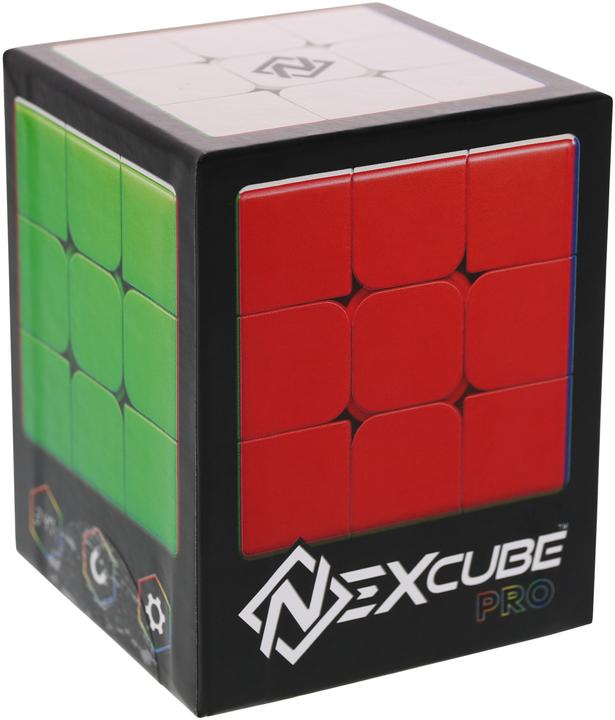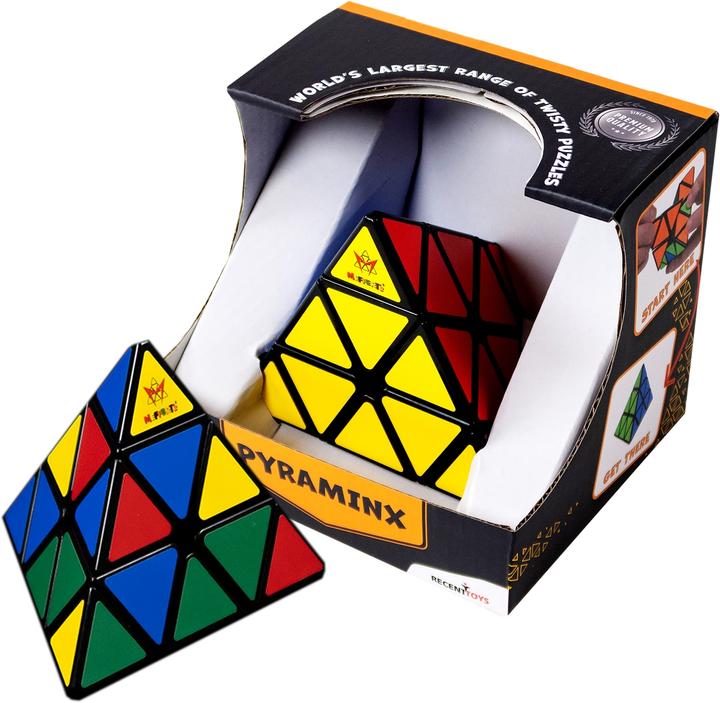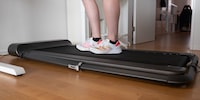

The Rubik’s cube is cool again
In the 1980s, the world went crazy for Rubik’s cubes. As time went on, however, the toys lost their magic. Now, thanks to viral videos on social media, these puzzle cubes are inspiring a new generation. Sales of Rubik’s cubes at online retailer Galaxus have more than quadrupled since 2020. Although the original cube still dominates the market, smaller brands are catching up.
With cubers congregating in libraries and game cafés, sharing nifty solutions on social media and taking their puzzle sessions to the sofa, the train and even the loo, Rubik’s cubes have become quite the obsession. Over the last few years, the toys have shot up in popularity. In fact, online retailer Galaxus saw Rubik’s cube sales more than triple between 2020 and 2024, with demand rising a further 45 per cent this year. Thousands of cubes were mailed out to puzzle-mad customers in the first quarter of 2025. As of last year, they’ve even overtaken chess sets in popularity.
All of this is happening despite the Rubik’s cube being over 50 years old. Invented by Hungarian design professor Ernő Rubik in 1974 , the prototype consisted of eight wooden blocks, rubber bands and paper clips. The improved version with 3×3 plastic segments per side was a hit in Rubik’s home country. It was then showcased at toy fairs in London, Paris, New York and Nuremberg in 1979, going on to become a worldwide phenomenon. By 1980, the original licensee had sold more than 100 million Rubik’s cubes.
As the decade marched on, interest in the cubes waned. But it didn’t quite vanish from people’s minds – or hands – entirely. Around 500 million Rubik’s cubes have reportedly been sold to date, making them one of the most successful toys in the world.
Speedcubing and digital detox
Galaxus’s toy experts have chalked up the cubes’ surge in popularity in recent years to five main factors:
- In this day and age, Rubik’s cube enthusiasts reach an audience of millions on social media. In fact, there are more than half a billion posts on TikTok containing the phrase «Rubik’s cube» alone. Beginners’ tutorials are particularly popular; although the cubes look simple, they’re not easy to solve. Advanced cubers swap elegant strategies and tips for twisting and turning cubes at a speedy pace. Viral content, including videos of speedcubing world record attempts, piques audiences’ curiosity and encourages younger people in particular to try out the cubes for themselves.
- The growing number of speedcubing competitions and events, where competitors try to solve a Rubik’s cube as quickly as possible, have pushed the toy into the limelight.
- If your aim is to solve the cube in a matter of seconds, you don’t go for the stiff original. Speedcubing calls for an optimised version, which is lubricated, fitted with screws and springs to allow for adjustment, and has magnets for perfect control. These models are marketed as Speed Cubes or Pro Cubes, for example. In recent years, an increasing number of competing brands have entered the market with cubes boasting new features, posing a challenge to the original. Take the popular Nexcube Pro from Goliath Toys, for example. Although the majority of cubes sold on Galaxus carry the original Rubik’s brand, the figure totalled more than 80 per cent in 2020. Check out the next graphic for more details.
- New shapes and sizes pose additional challenges. Alternative Rubik-style puzzles popular with Galaxus customers include pyramids, snakes, dodecahedrons, small 2×2 cubes or larger 4×4 cubes. The largest commercially produced Rubik’s cube at the moment has 21×21 segments per side.
- At a time when digital media is omnipresent, many people are yearning for device-free ways to occupy themselves. Fiddling with a Rubik’s cube can be a fun, meditative break from screentime overwhelm.
Galaxus’s sales figures indicate the TikTok generation is becoming increasingly fascinated by Rubik’s cubes. The proportion of buyers under 25 has risen from one per cent to four per cent since 2020. Today, 50 per cent of buyers are aged between 35 and 44, compared to 30 per cent in 2020. Many of these customers are likely to include parents buying Rubik’s cubes for their kids.
In case you were wondering, more than 43 trillion possible colour combinations can be generated from twisting a traditional 3×3 Rubik’s cube. That’s a 20-digit number – a number so great that even the cube’s inventor Ernő Rubik took several weeks to solve it for the first time. As of February 2025, the record stands at 3.08 seconds.
Have you ever solved a Rubik’s cube? How much do you know about the speedcubing scene? What do you make of the trend? Feel free to share your thoughts in the comments section.
At Digitec and Galaxus, I’m in charge of communication with journalists and bloggers. Good stories are my passion – I am always up to date.
News about features in our shop, information from marketing and logistics, and much more.
Show all



